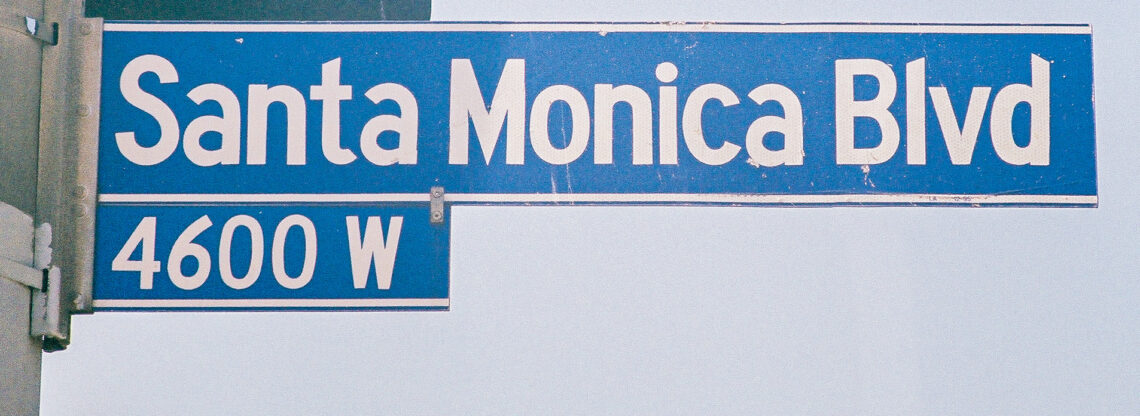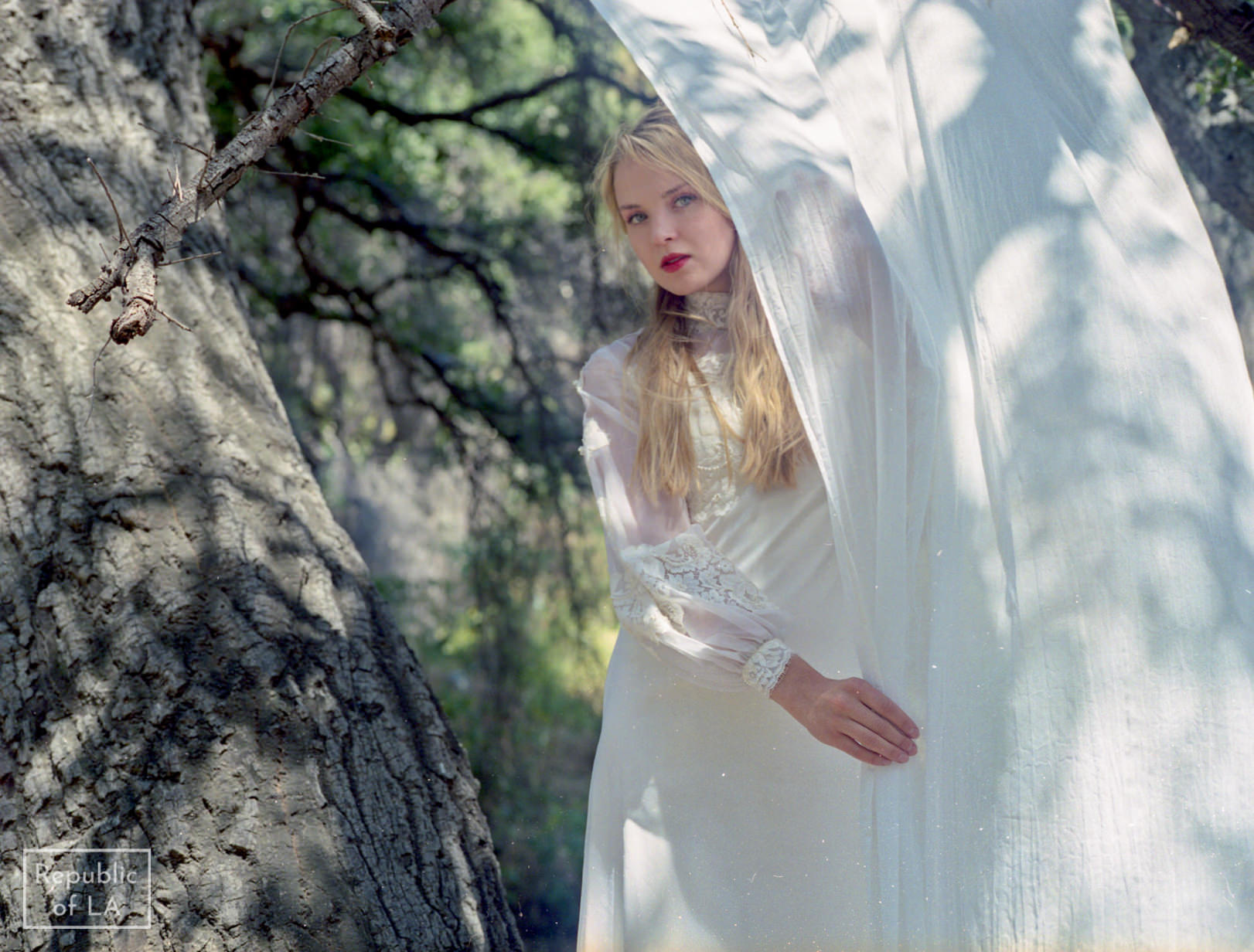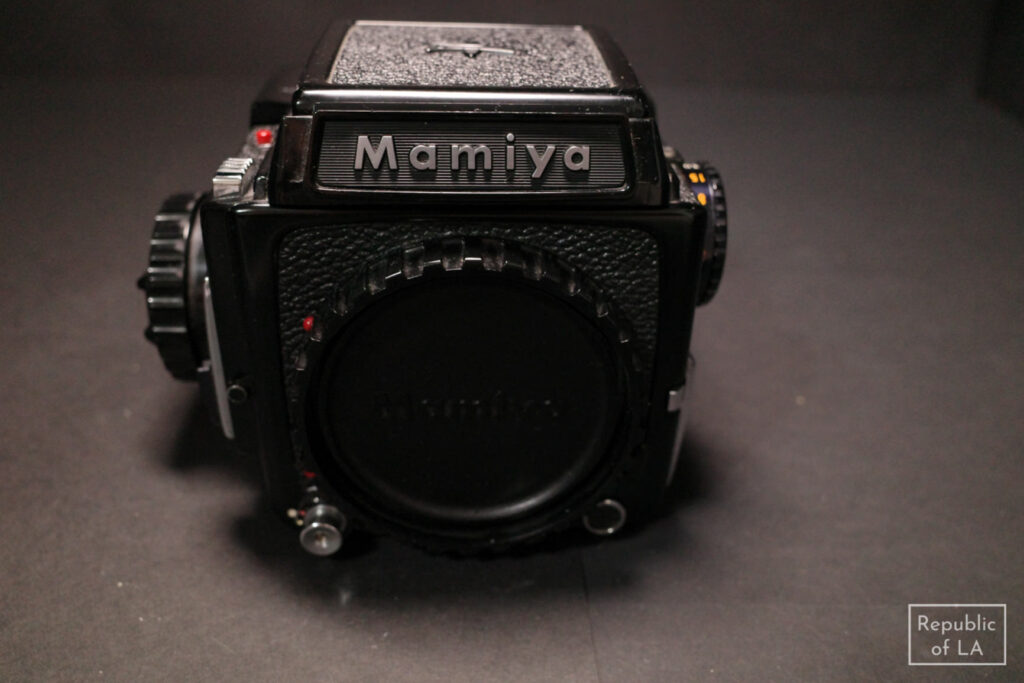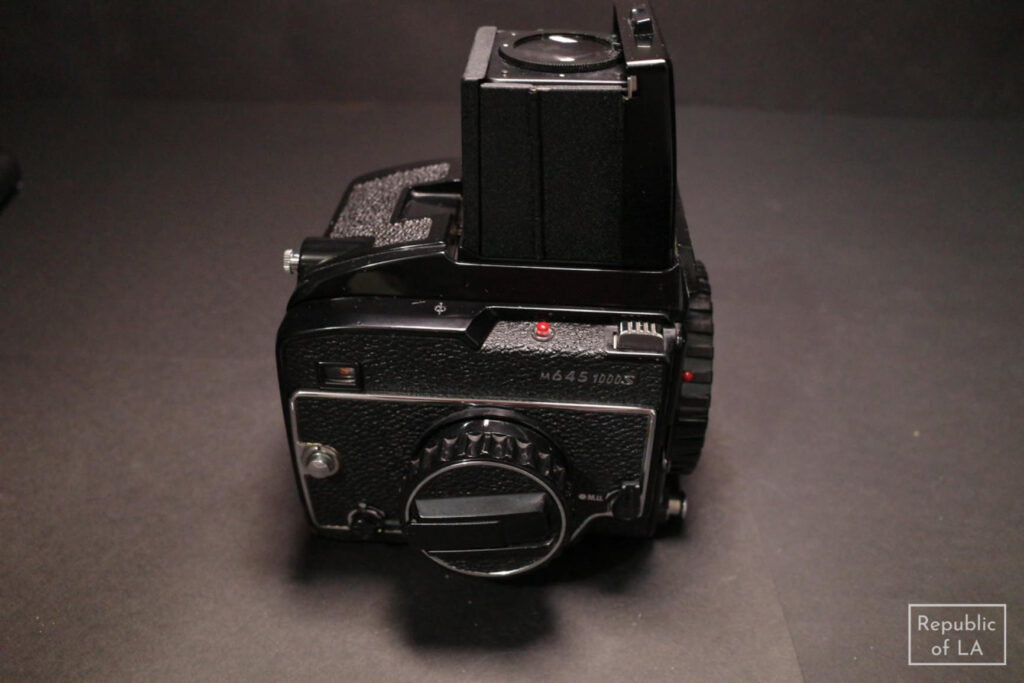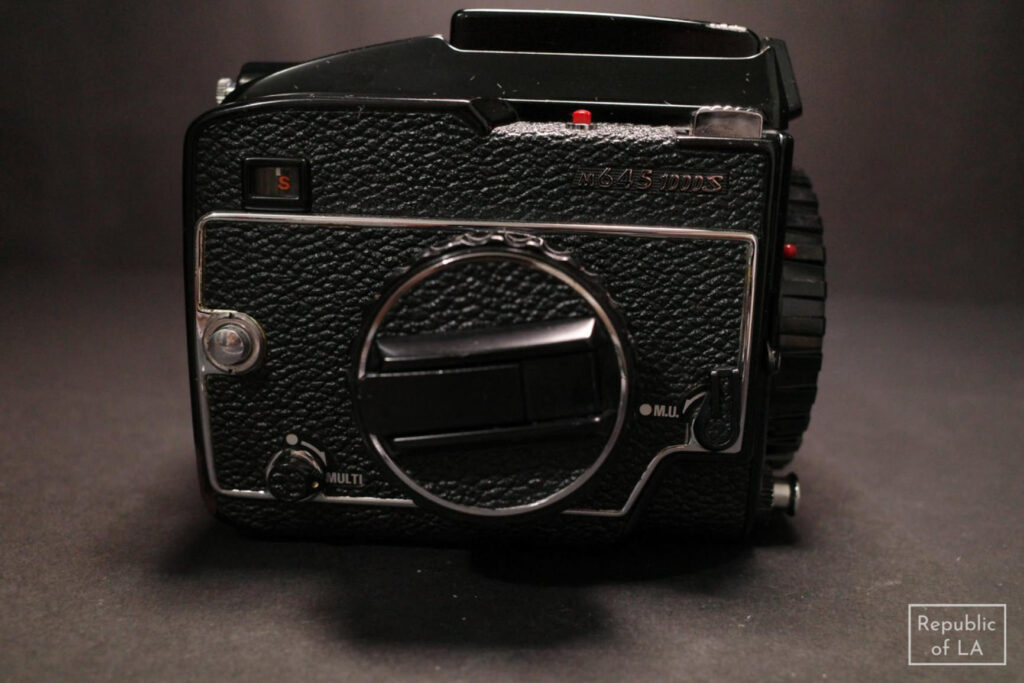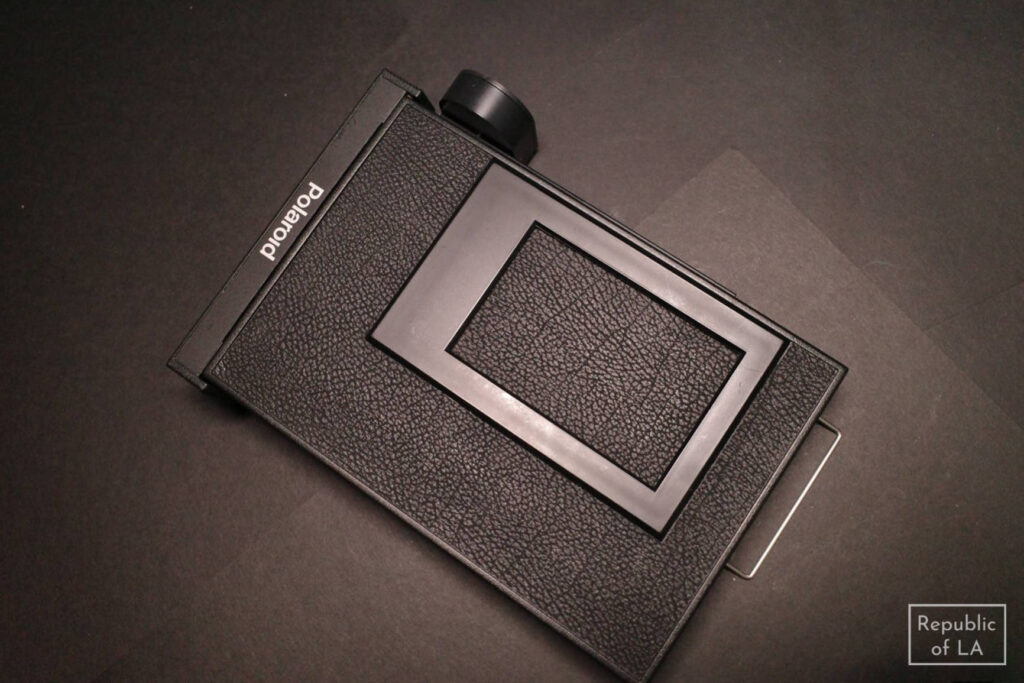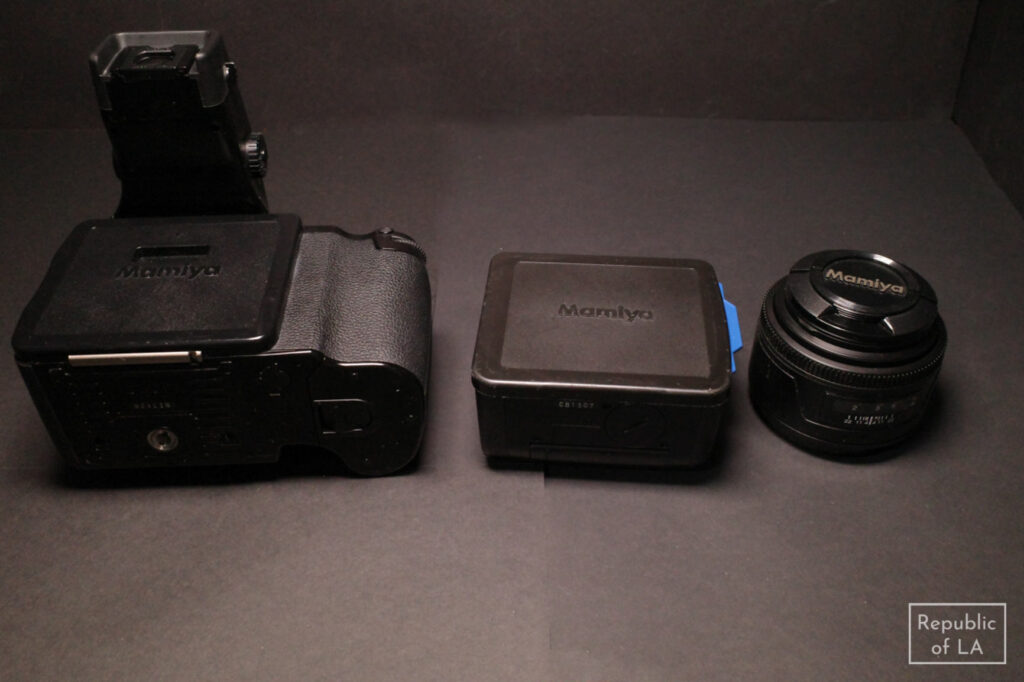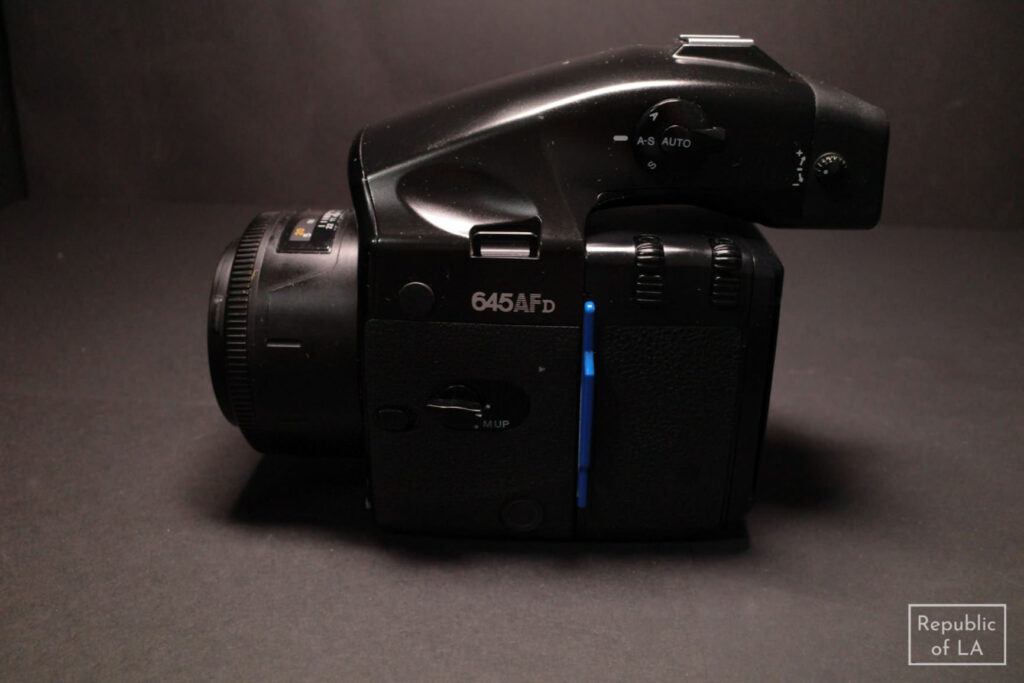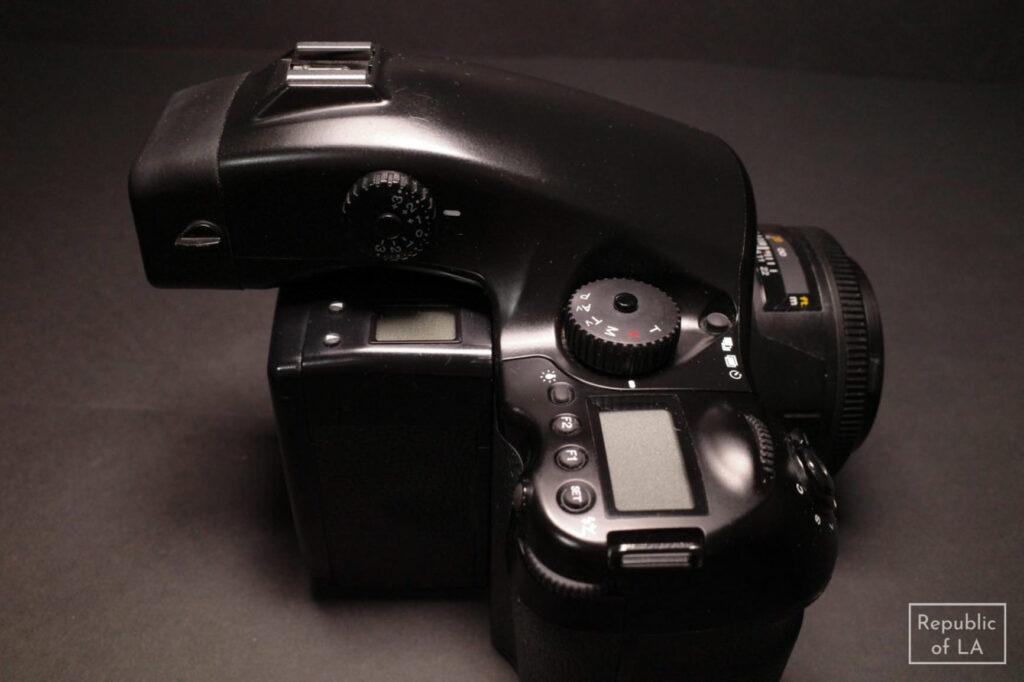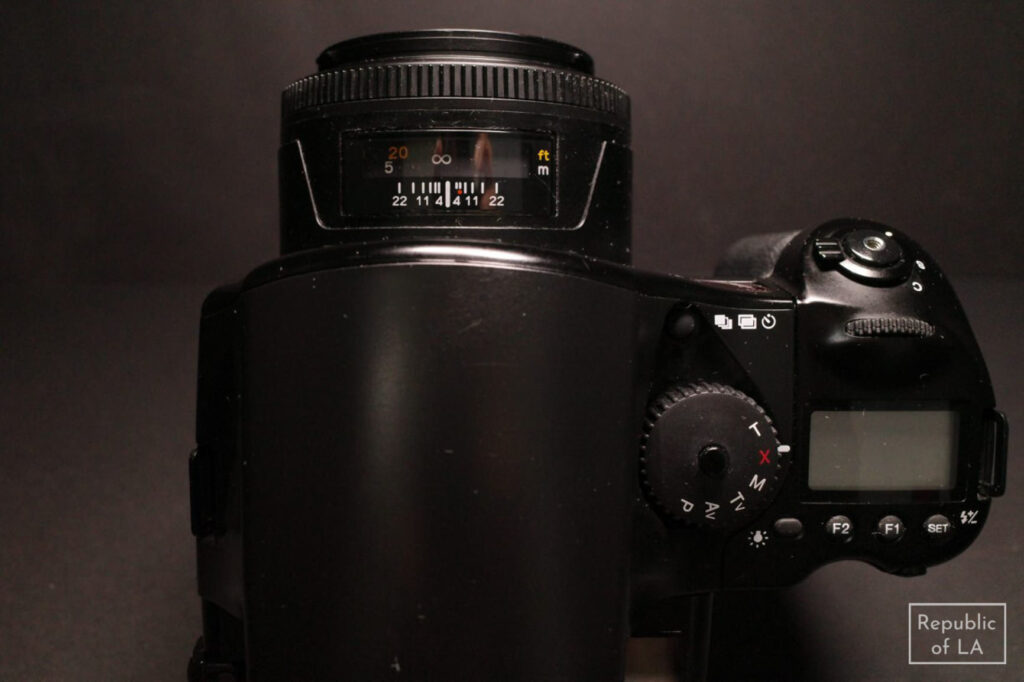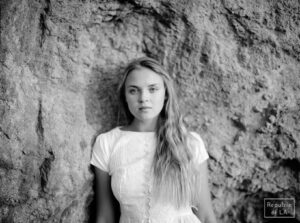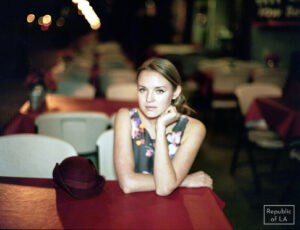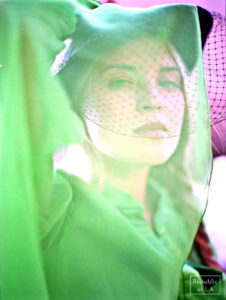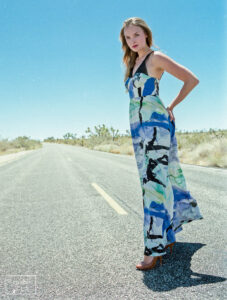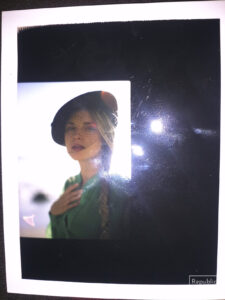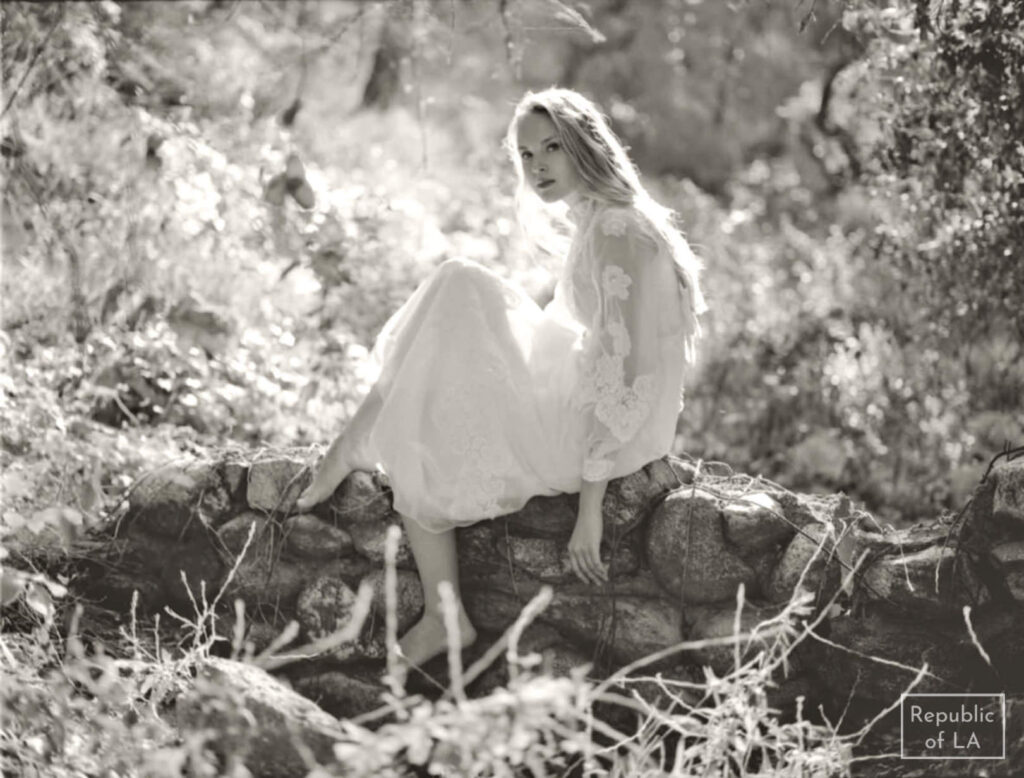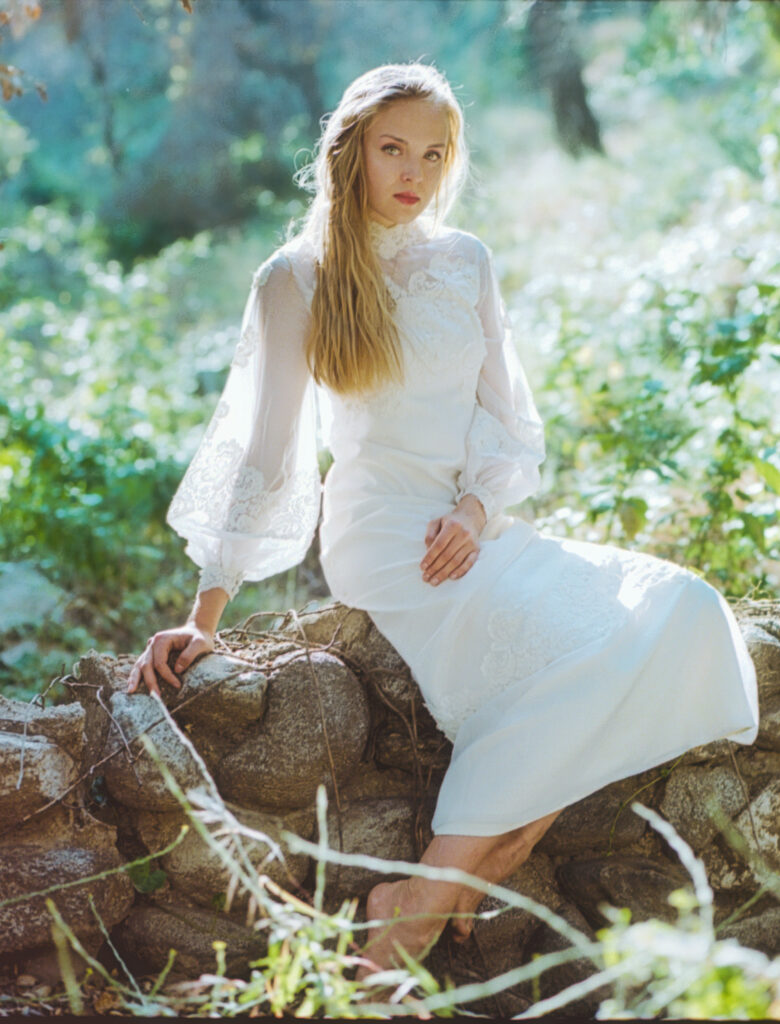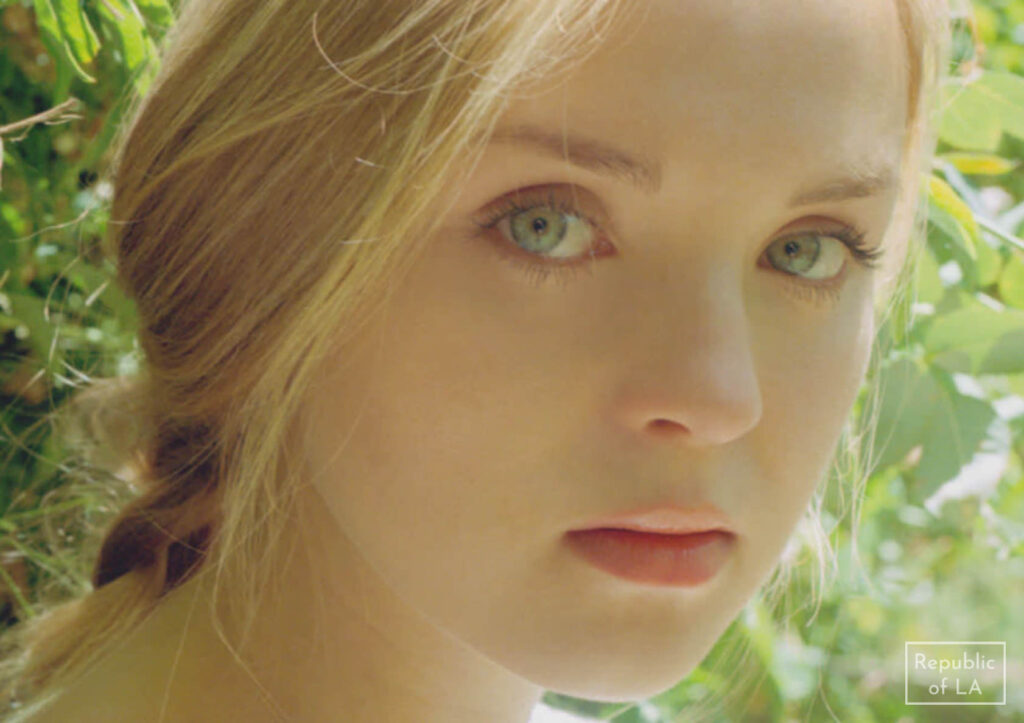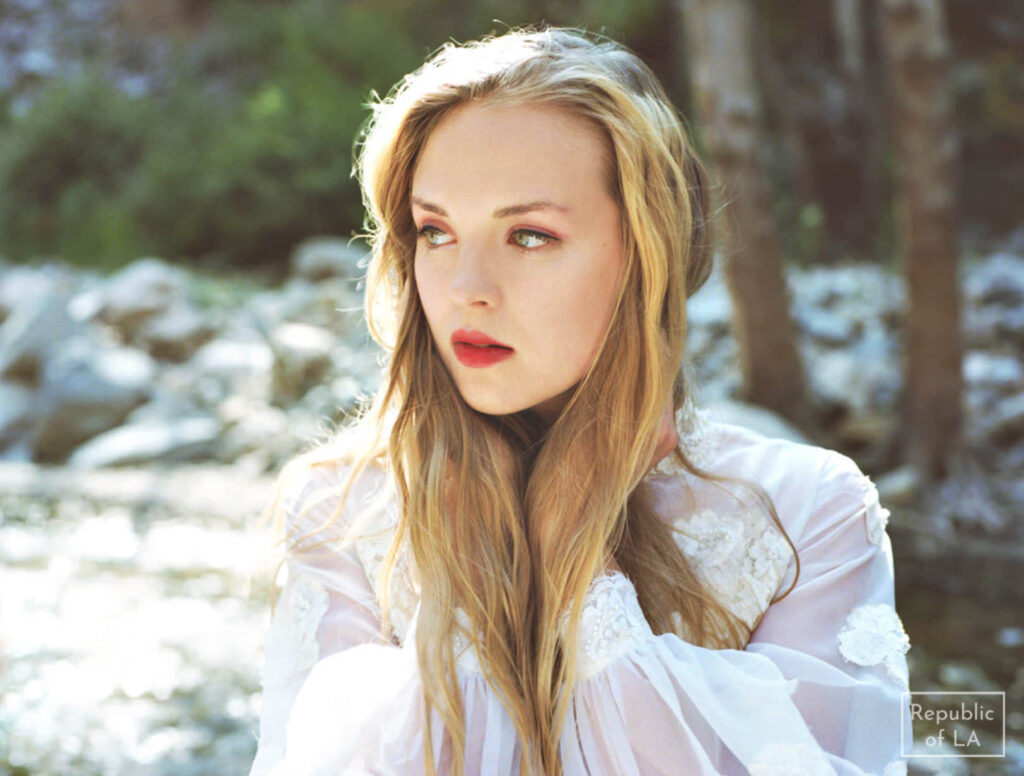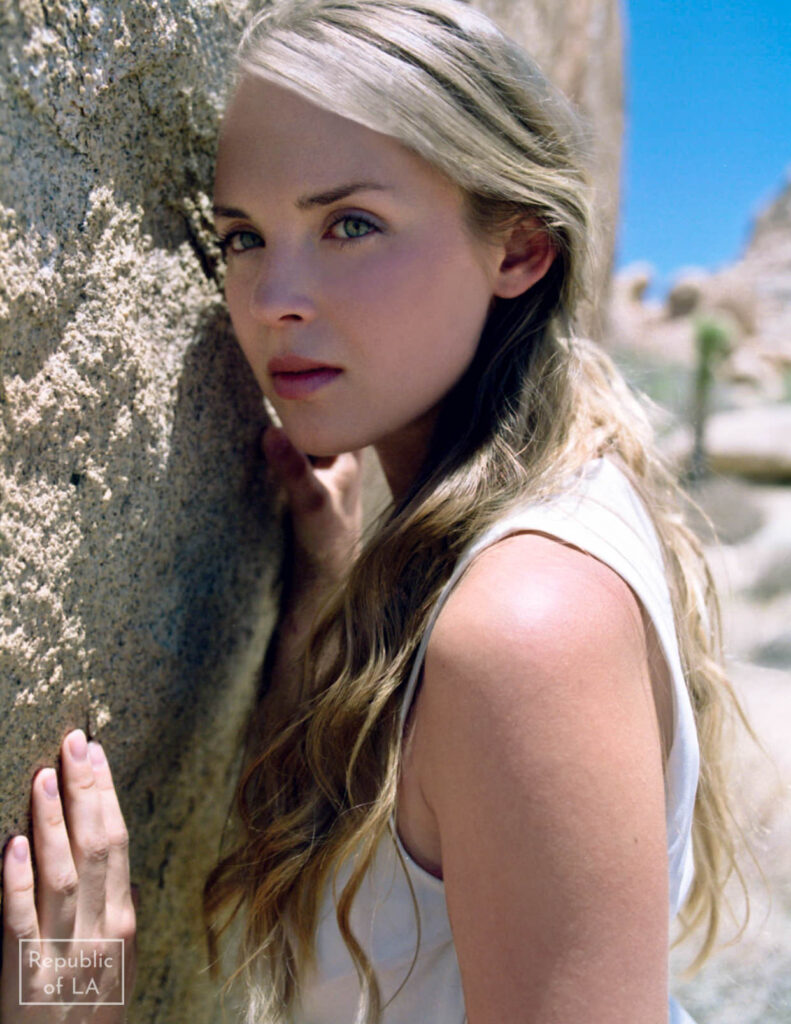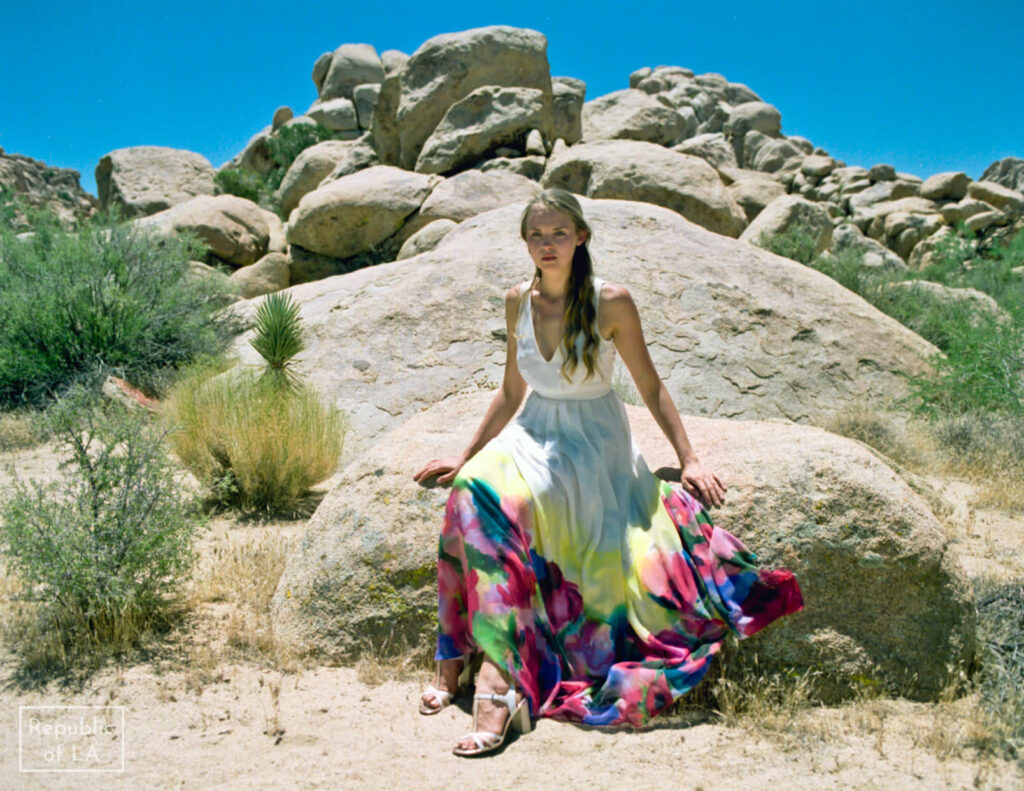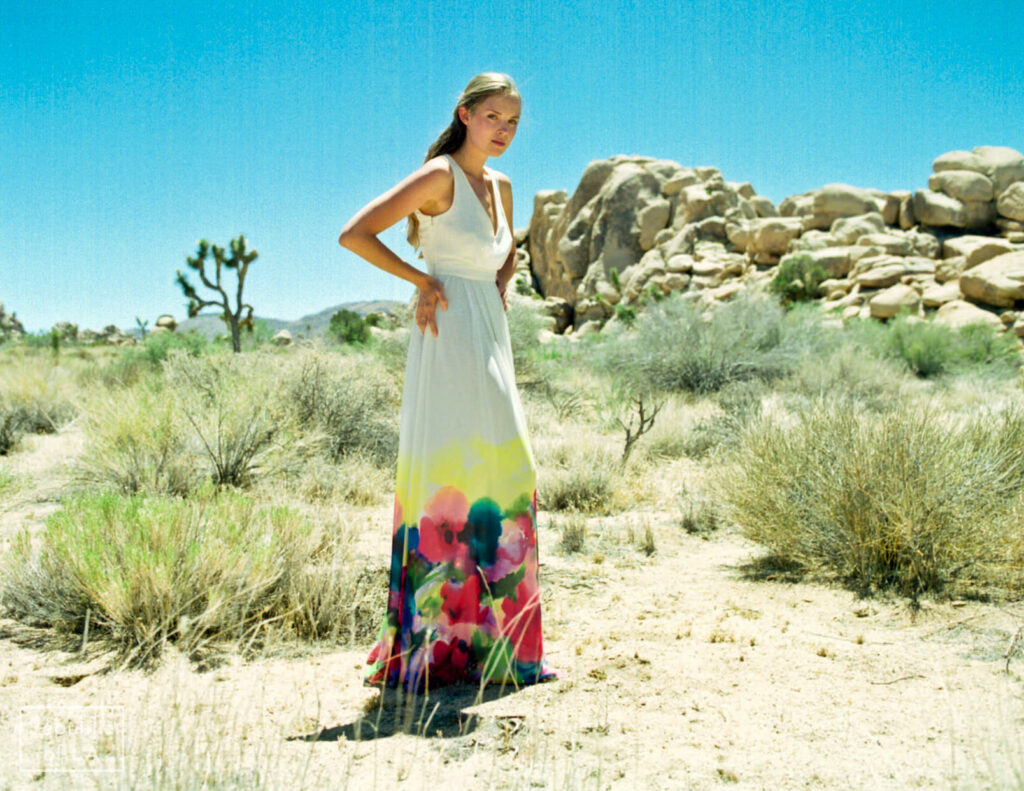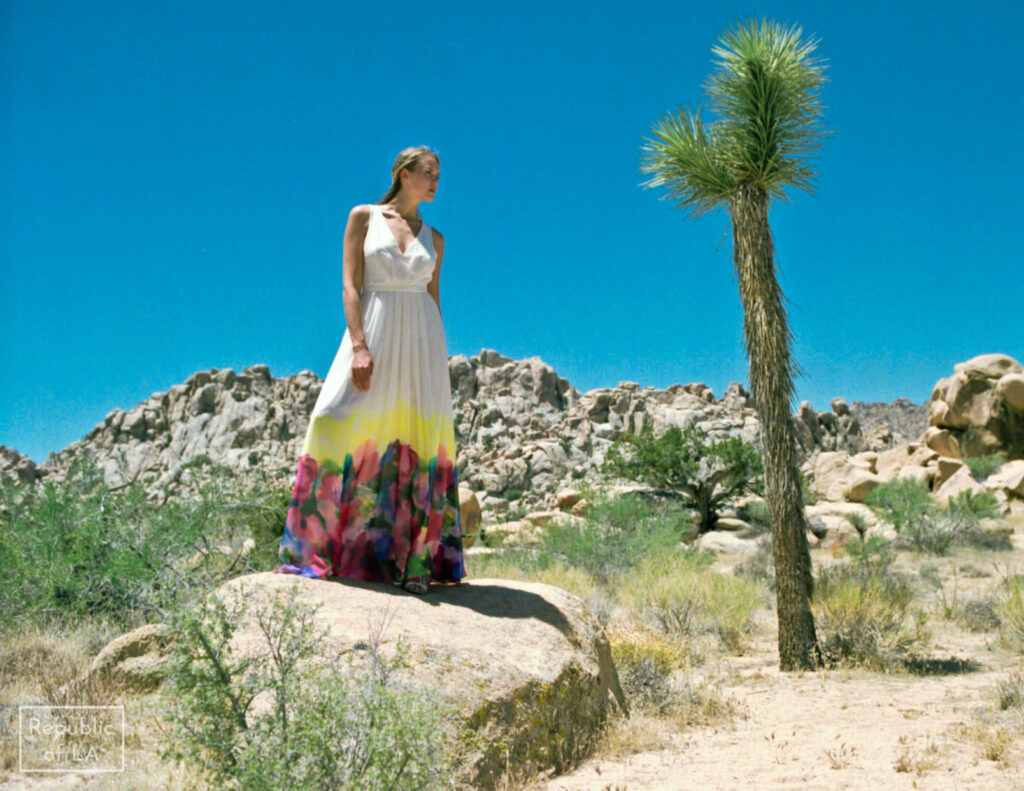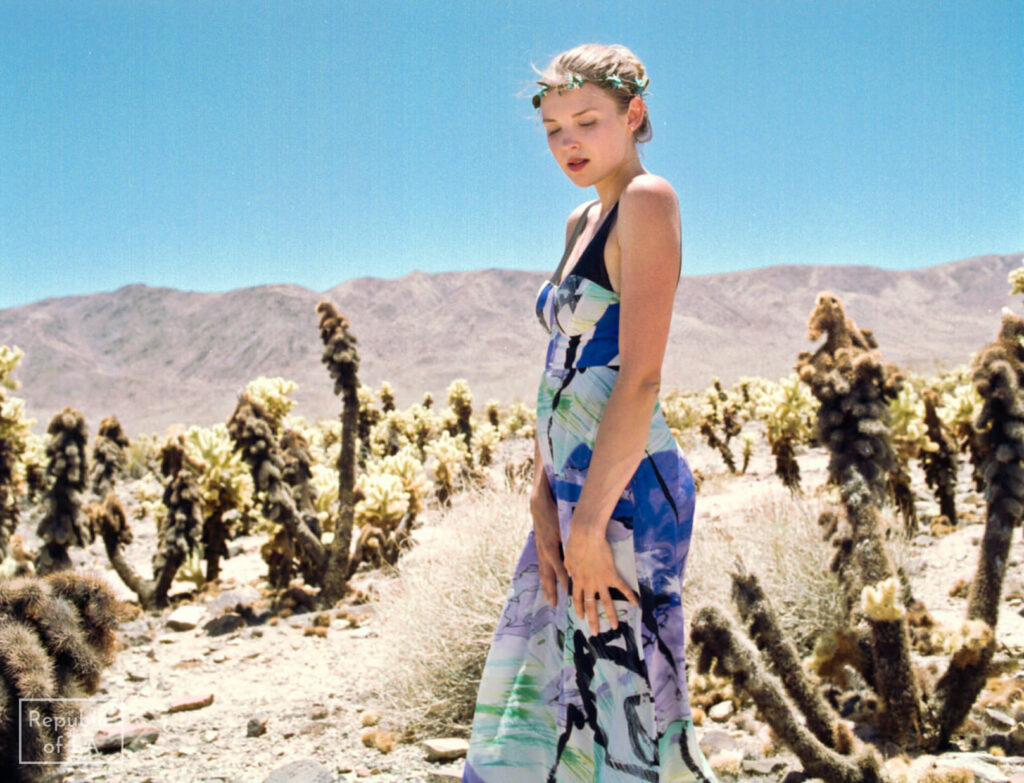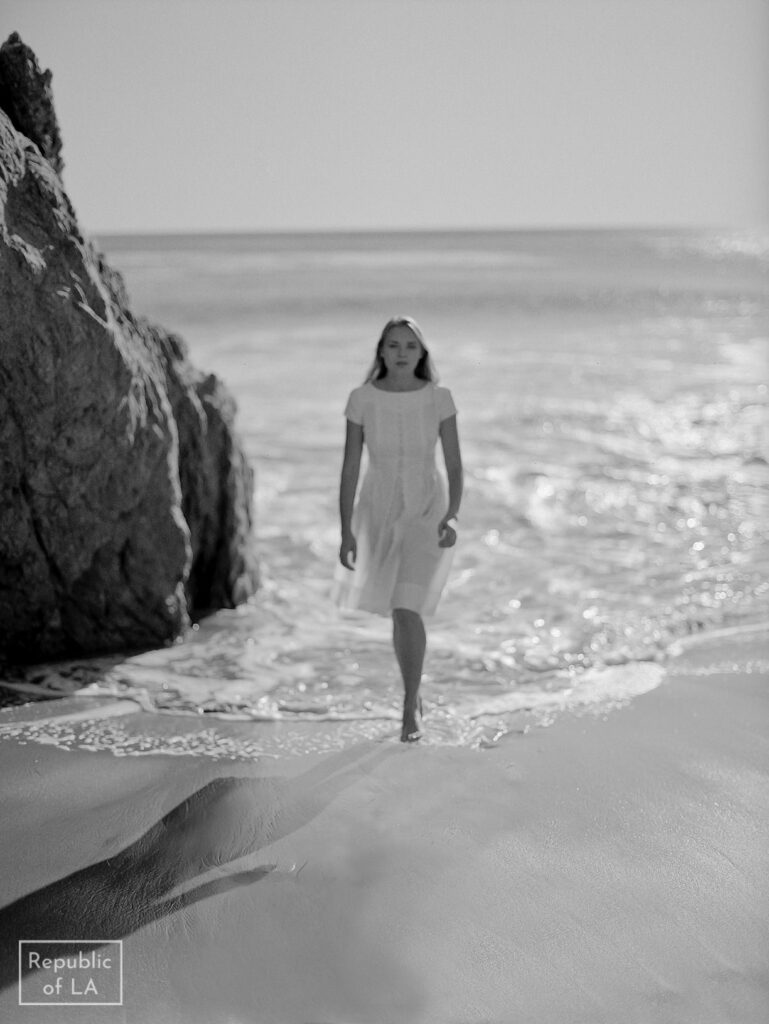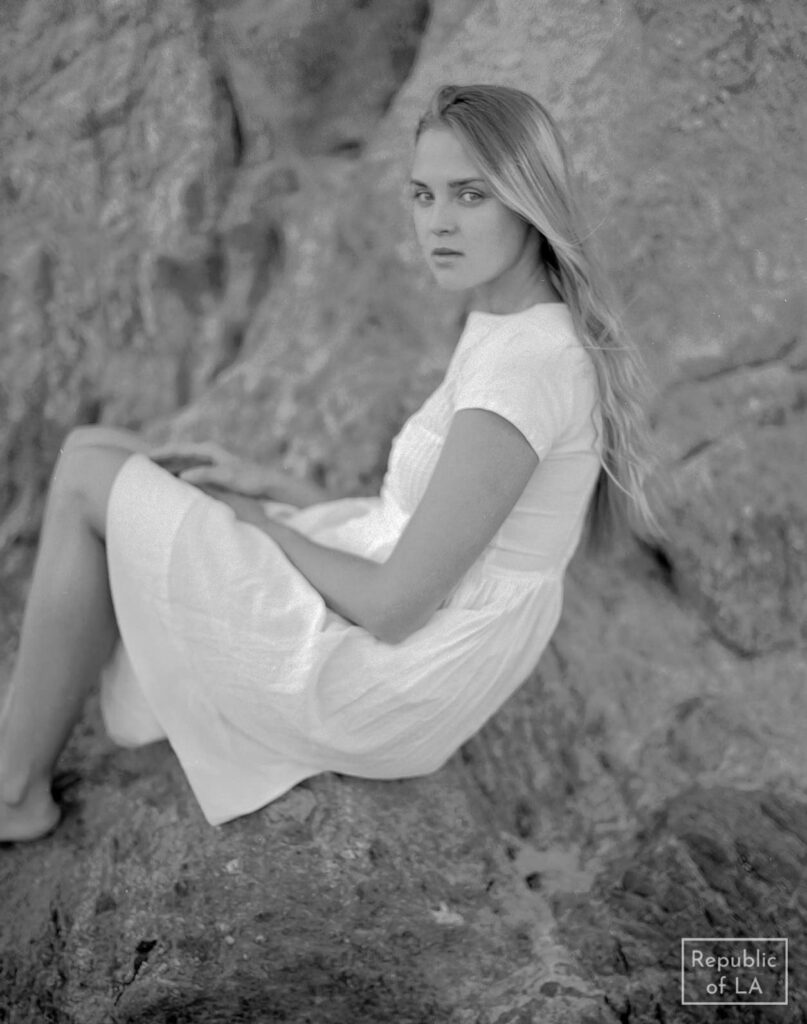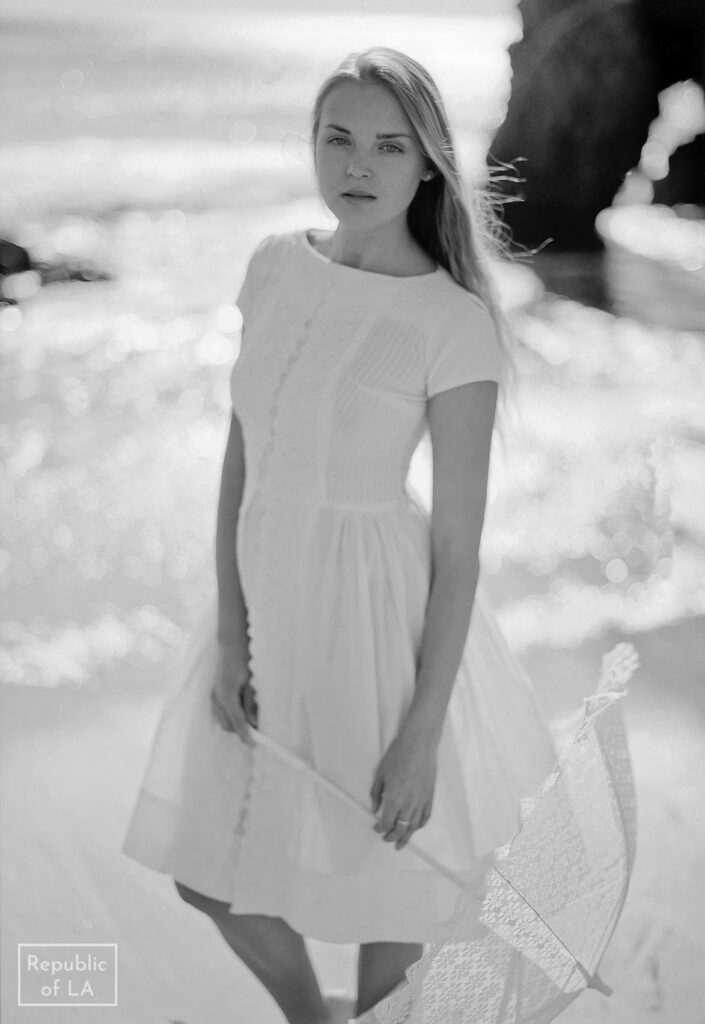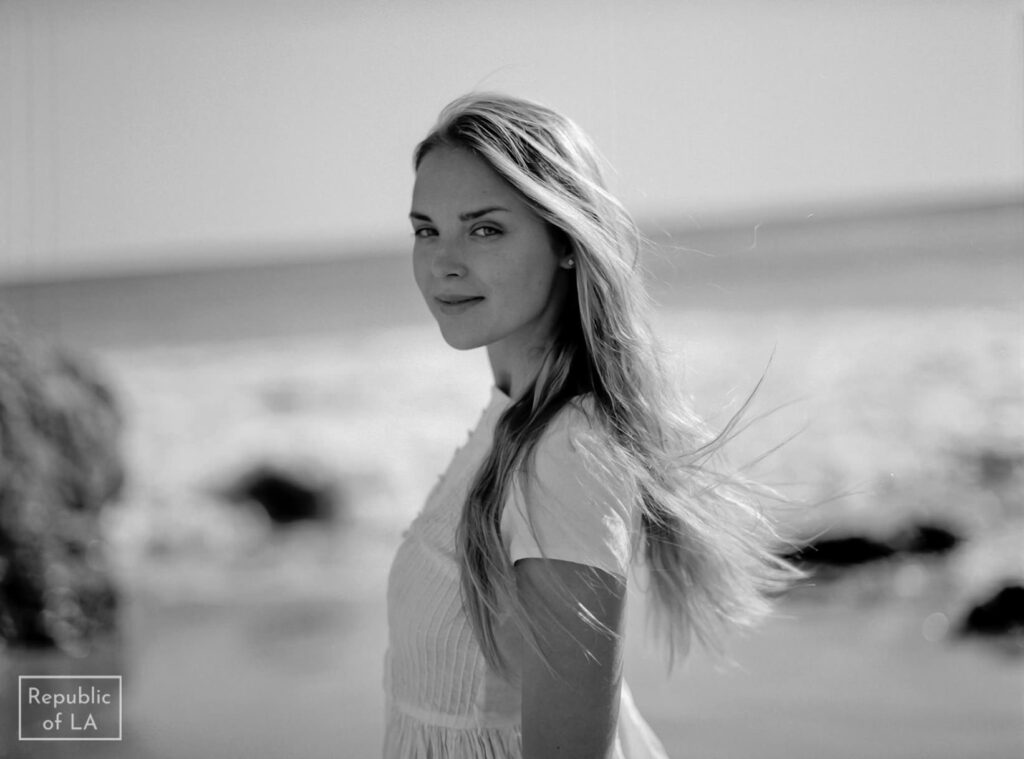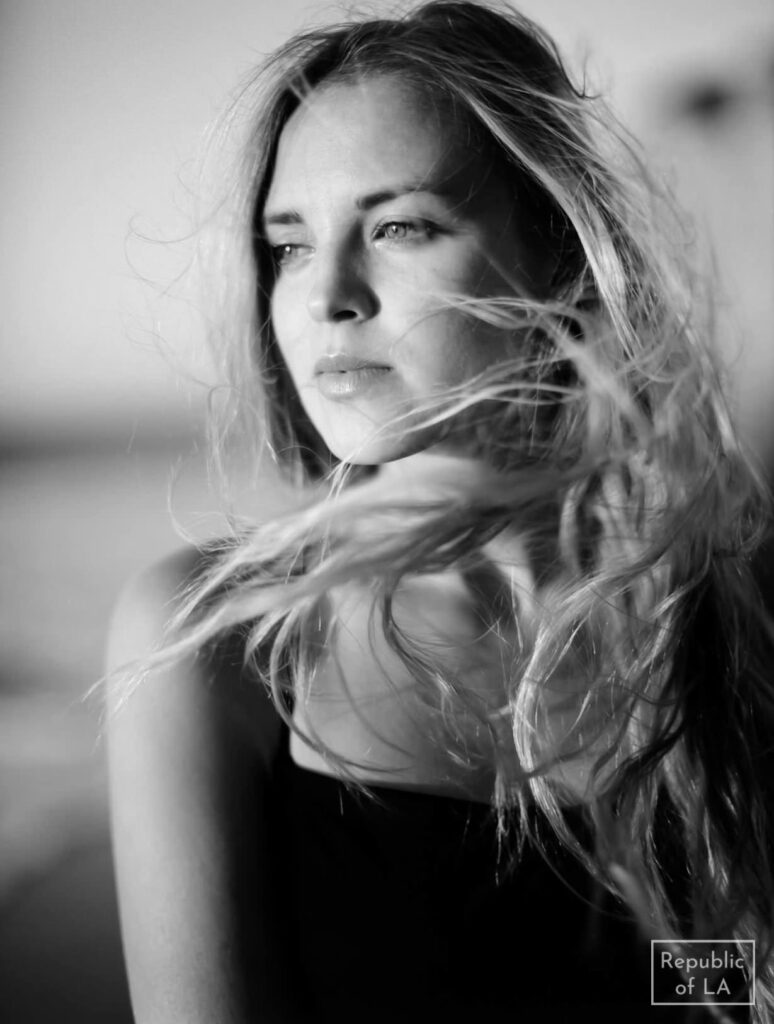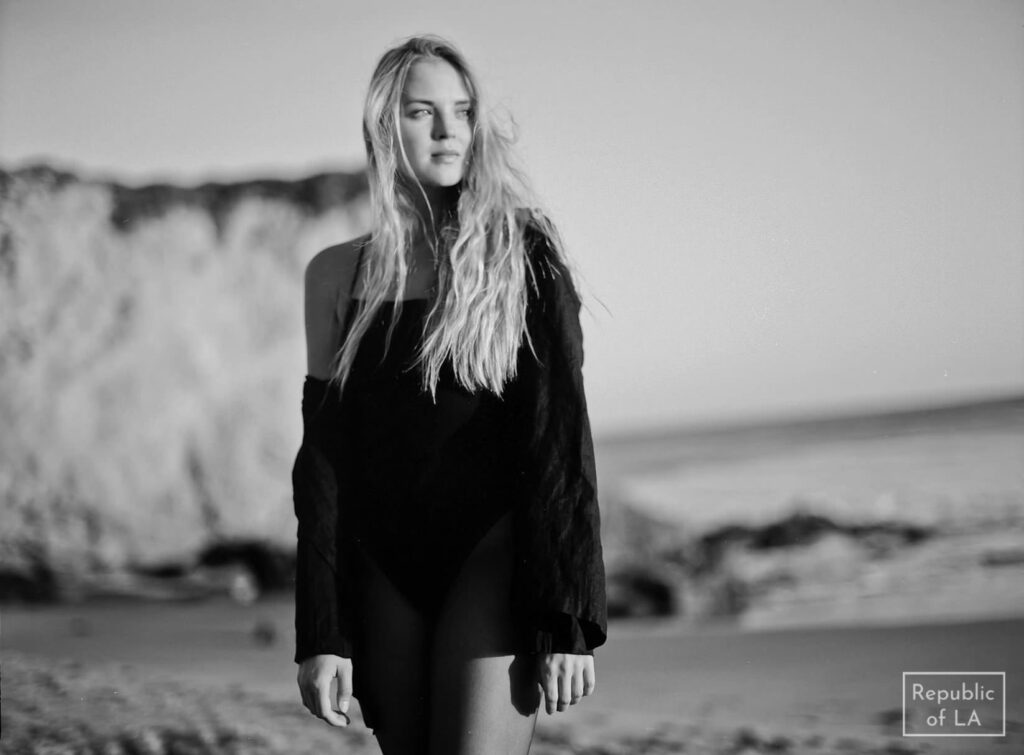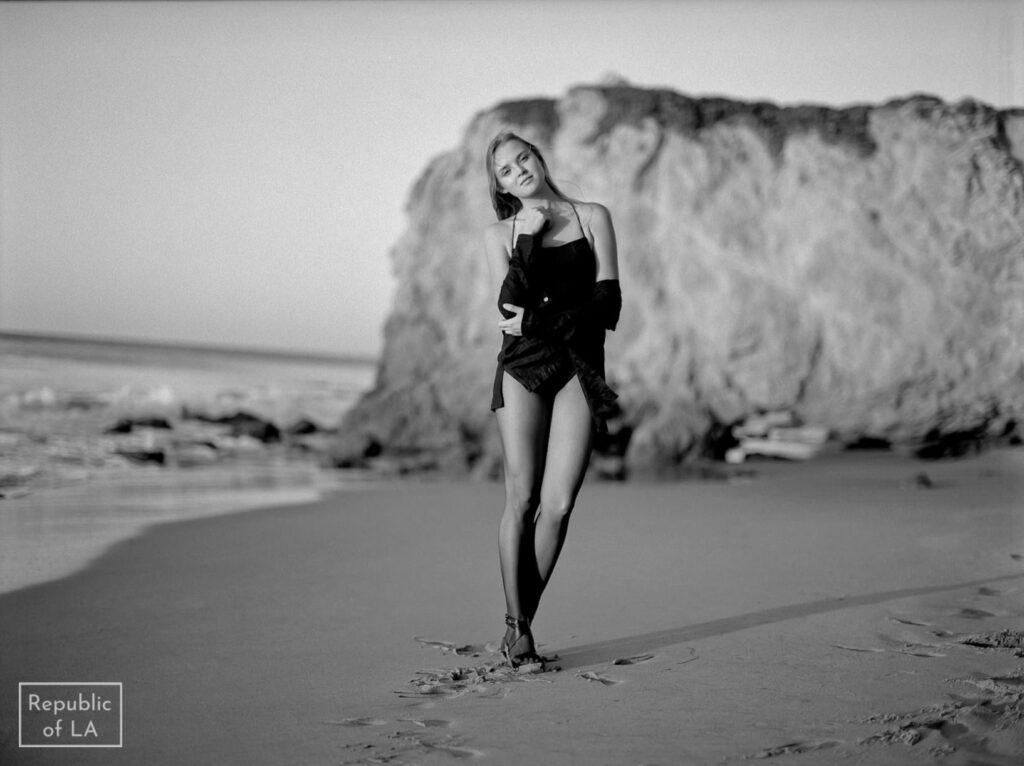The Mamiya medium format film camera is a beloved tool among photographers in Los Angeles and around the world. Known for its exceptional image quality, versatility, and durability, the Mamiya medium format camera has been a favorite of professional photographers for decades.
One of the key features of the Mamiya medium format camera is its large image sensor. Unlike traditional 35mm cameras, which have small image sensors, medium format cameras like the Mamiya have sensors that are much larger. This allows for greater detail and resolution in photographs, making them ideal for portrait, landscape, and fine art photography.
Another feature that sets the Mamiya medium format camera apart from other film cameras is its interchangeable lens system. Photographers can choose from a variety of lenses, each with different focal lengths and aperture ranges, to suit their specific needs. This makes the Mamiya a highly versatile camera that can be used for a wide range of photography styles.
In addition to its technical features, the Mamiya medium format camera is also known for its durability. Built to withstand the rigors of professional use, the Mamiya is a reliable camera that can withstand heavy use and harsh conditions. This makes it an ideal choice for photographers who need a camera that can handle the demands of their work.
Overall, the Mamiya medium format film camera is a versatile and reliable tool that is well-suited for professional photographers in Los Angeles and around the world. With its large image sensor, interchangeable lens system, and durable construction, the Mamiya is a camera that delivers exceptional image quality and performance, making it a favorite of photographers everywhere.
The Mamiya 645 AFD and the 1000s cameras are remarkably well made and in my opinion, it’s a lot of fun to use. I genuinely wanted a Contax 645, but I needed a medium format camera for school, so I purchased a Mamiya 645 AFD intending to sell it after school ended. I never got a Contax 645. I kept the Mamiya and even named it.
The Mamiya medium format film camera is known for its exceptional image quality, and much of this is due to the high-quality lenses available for the system. The Mamiya lens lineup includes a range of options for every type of photography, from wide-angle lenses for landscapes to telephoto lenses for portraits and wildlife.
I was about to sell the camera and stop shooting entirely at this moment in my life. But I met a friend who used to model, but we went to the same community college since I went back to school to do STEM classes. The camera pretty much named itself. Her name is Mariya.

One of the standout lenses in the Mamiya lineup is the Mamiya Sekor C 80mm f/1.9 lens. This lens is renowned for its exceptional bokeh, or the quality of the out-of-focus areas in a photograph. The wide aperture of f/1.9 allows for a shallow depth of field, creating a beautiful soft background blur that is perfect for portraits and other types of photography where you want to isolate your subject.
I started pushing my films and pulling the processing. I zoned my exposures and played with Mamiya manual lenses like the 80mm 1.9.
Another popular lens in the Mamiya lineup is the Mamiya Sekor C 45mm f/2.8 lens. This wide-angle lens is perfect for landscape photography, allowing you to capture a wide field of view while still maintaining excellent image quality. The lens is also versatile enough for other types of photography, such as street photography or architectural photography.
The Mamiya 645 is the utmost in analog performance. Professional photographers and amateurs alike will appreciate the camera’s versatility, intuitive nature, and its powerful lens collection.
One of the standout features of the Mamiya Sekor C 80mm f/1.9 lens is its optical design. The lens is made up of eight elements in six groups, including a floating element that helps to maintain sharpness at all focusing distances. This results in excellent image quality with high contrast and sharpness, even at wide apertures.
The 80mm focal length is also a popular choice for portrait photography, as it allows for a comfortable working distance between the photographer and subject. The lens has a minimum focusing distance of 1.2 meters, which makes it versatile enough for other types of photography as well, such as street photography or environmental portraits.
Another benefit of the Mamiya Sekor C 80mm f/1.9 lens is its build quality. The lens is constructed from high-quality materials, including metal and glass, and has a solid, reassuring weight to it. The focus ring is smooth and well-damped, making it easy to achieve precise focus.
Overall, the Mamiya Sekor C 80mm f/1.9 lens is a standout lens in the Mamiya lens lineup, and a favorite of many photographers for its exceptional image quality, wide aperture, and beautiful bokeh. Whether you are shooting portraits, weddings, or other types of photography, this lens is sure to deliver stunning results.
The Mamiya lens lineup makes it a professional grade choice for photographers. You’ll be able to take any scene with a versatile sense of composition. I also use the 55mm 2.8 and the 150mm 2.8. For those who want to enjoy photography in a new way, this is the ultimate selection. The manual and auto focus lenses provide photographers with extreme creativity in their image-making.
The Mamiya 645 system is a solid choice for professionals and new analog film photographers. The used market is filled with Mamiya lenses and camera bodies. The build quality is top notch and you can not go wrong with the price compared with the Hasselblads, Contax, and Rollei cameras.
Mariya helped me shoot portraits and because of her, I am very grateful for the learning experience. I expanded my portraiture, here’s a look at my photography portfolio
